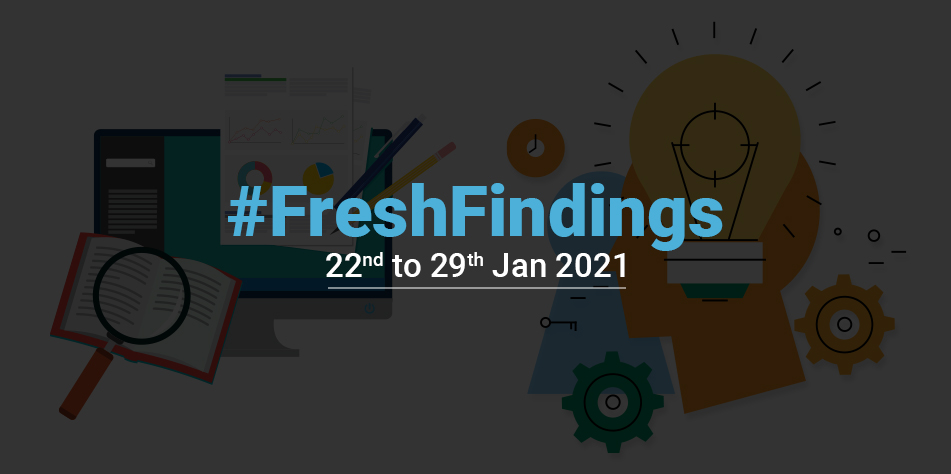
Related Fresh Findings
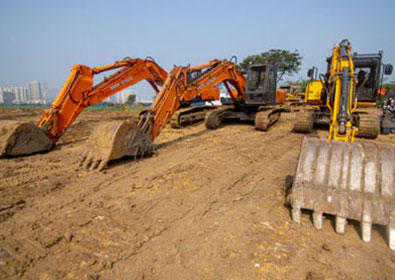
The working of a ‘project finance economy’
Every country seeks growth in its Gross Domestic Product (GDP) to meet the needs of its citizens. A growth in GDP is a function of the amount of labour utilised in a country, the amount of capital deployed, and the increase in the country’s productivity. Any nation that seeks to accelerate its GDP growth must employ more people, use more capital or increase its productivity.
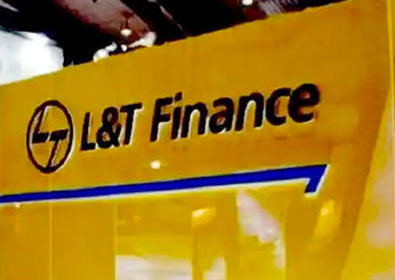
L&T Finance: Retail shift slowly playing out, credit cost remains a concern
While the attractively priced rights issue provides an opportunity for existing investors to increase their holdings at lower costs, the important aspect to take note of is the gradually changing construct of the lender’s balance sheet in favour of retail assets.

15 personal-finance lessons we can all learn from the year of Covid-19
With 2020 in the rearview mirror, and the end of the pandemic (fingers crossed) in sight, there’s a lot of economic damage to be assessed. But there are also a lot of personal-finance lessons we can learn—lessons that will put us in good stead, whatever the economic future holds.

Global climate action needs trusted finance data
Developing countries were being asked to commit to reducing their greenhouse-gas emissions. In exchange, they expected developed nations to provide climate funding totalling US$100 billion a year by 2020.
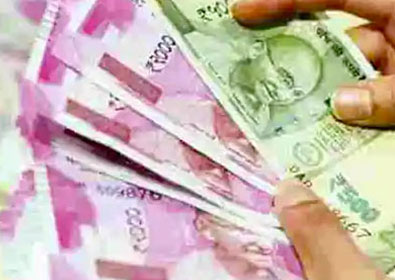
At 20%, small finance banks have highest return on advances
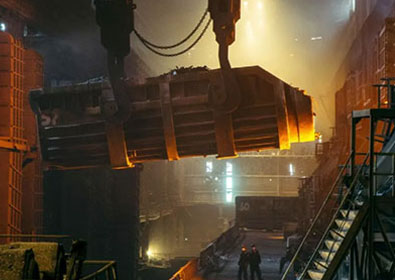
How to finance industry's net-zero transition
Trillions of dollars in investment will be required to transition the global economy to net-zero emissions and avert a climate catastrophe. This represents a massive opportunity for capital providers. However, many of the investments that need to be made are large and risky, especially in emissions-intensive heavy industrial and mobility sectors. Financing large and risky projects in these sectors is a complex undertaking – but with the right coordination and cooperation, it can be done.
From the archive

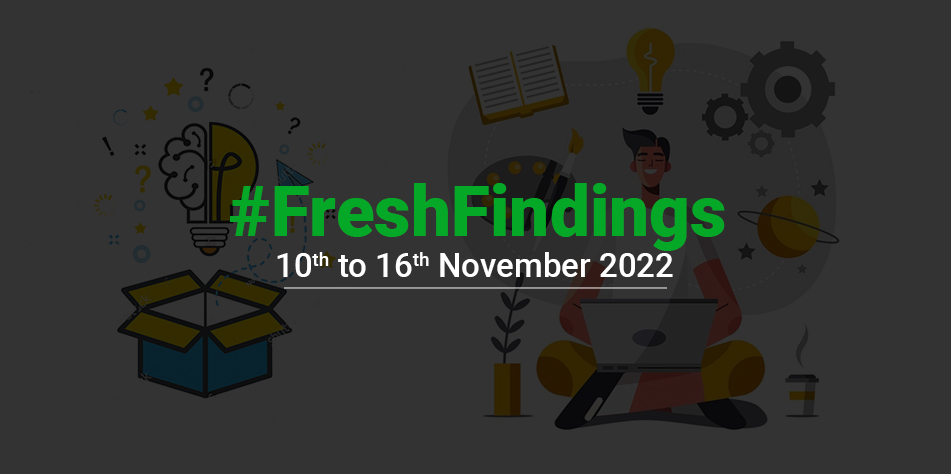

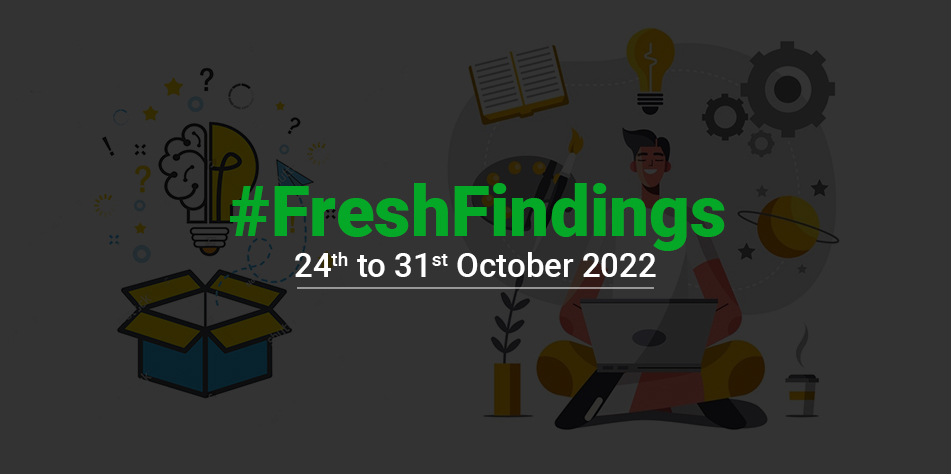
Leave a Comment